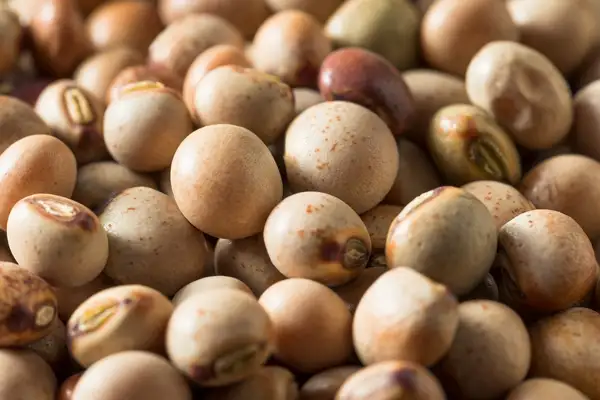Pigeon Pea breeding has been revolutionized by a new fast-breeding protocol confirmed by the International Crops Research Institute for the Semi-Arid Tropics (ICRISAT).
- Traditional breeding cycle of 13 years reduced to 2-4 years, accelerating the introduction of better-quality varieties.
About Pigeon pea:
- Pigeon pea (Cajanus cajan), a vital legume crop known as red grama, rhar and tur in India, plays a crucial role in the country’s nutritional security.
- It is native to tropical and subtropical regions like Asia, India, and South America.
- It has low glycaemic index and is rich in thiamine, riboflavin, niacin, vitamin B-6, folate, vitamin A, calcium, zinc, iron, magnesium and phosphorus
- It is grown in various states across India, with significant production in states like Maharashtra, Karnataka, Madhya Pradesh, Andhra Pradesh, Uttar Pradesh, Rajasthan, and Gujarat
- It is mainly grown in semi-arid regions of India, mainly in tropical areas.
- They can grow in a variety of soils, including sandy, heavy loams, and well-drained, medium heavy loams.
- They can be grown in temperatures between 17°C and 30°C, depending on the season:
- Rainy season: June to October, 26°C to 30°C (June to October).
- Post rainy season: November to March, 17°C to 22°C (November to March).
Cultivation requirements:
- Pigeon pea is basically a six-nine months crop.
- The longer duration of the crop is a result of its short day nature, photosensitivity and seasonal specificity.
- They are also susceptible to waterlogging, salinity, and soil acidity.
- Ideal conditions include a Photoperiod of 13 h: 8 h: 13 h is recommended at vegetative: flowering: pod filling stages, broad-spectrum light for early crop establishment, and far-red wavelength crucial for flowering onset.
Ref: Source
| UPSC IAS Preparation Resources | |
| Current Affairs Analysis | Topperspedia |
| GS Shots | Simply Explained |
| Daily Flash Cards | Daily Quiz |


